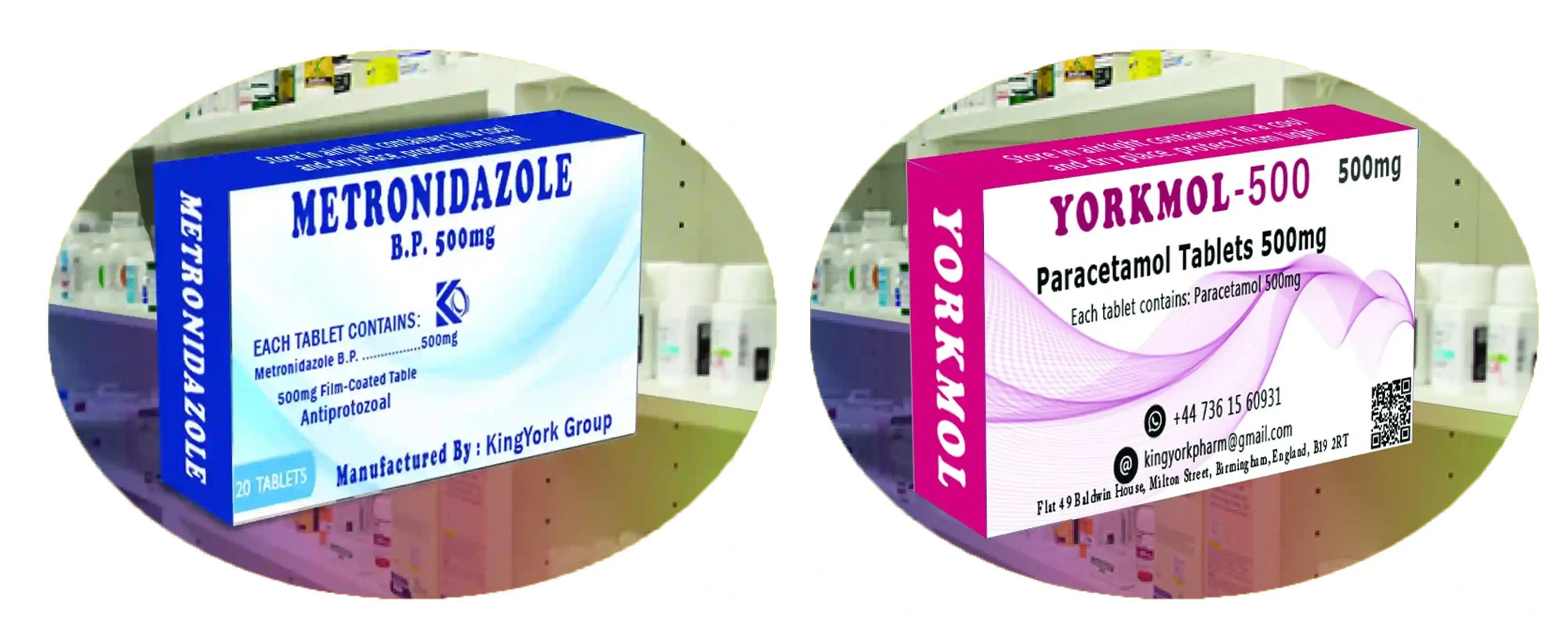Tablet Ingredients
Tablets are composed of active pharmaceutical ingredients (APIs) and inactive ingredients known as excipients.
Common Active Ingredients:
- Acetaminophen - Analgesic and antipyretic
- Ibuprofen - Nonsteroidal anti-inflammatory drug (NSAID)
- Lisinopril - Angiotensin converting enzyme (ACE) inhibitor used to treat high blood pressure
- Metformin - Biguanide oral hypoglycemic (antidiabetic) drug
- Sertraline - Selective serotonin reuptake inhibitor (SSRI) antidepressant
Common Inactive Ingredients/Excipients:
Excipients are pharmacologically inactive substances used as carriers for the API in a tablet. Common excipients include:
- **Binders** - Provide cohesion between powder particles and the tablet mass. Examples: starch, cellulose derivatives like microcrystalline cellulose, povidone, pregelatinized starch.
- **Disintegrants** - Promote water penetration and dispersion of tablet into granules. Examples: crosslinked polyvinylpyrrolidone, sodium starch glycolate, crosscarmellose sodium.
- **Lubricants** - Prevent sticking to tablet punch faces and reduce friction during tablet ejection from the press. Examples: magnesium stearate, stearic acid, talc.
- **Fillers/Diluents** - Provide bulk to the tablet so that it can be compressed into the desired size and shape. Examples: dicalcium phosphate, calcium sulfate, lactose
- **Glidants** - Improve powder flowability during tablet compression. Examples: colloidal silica, talc.
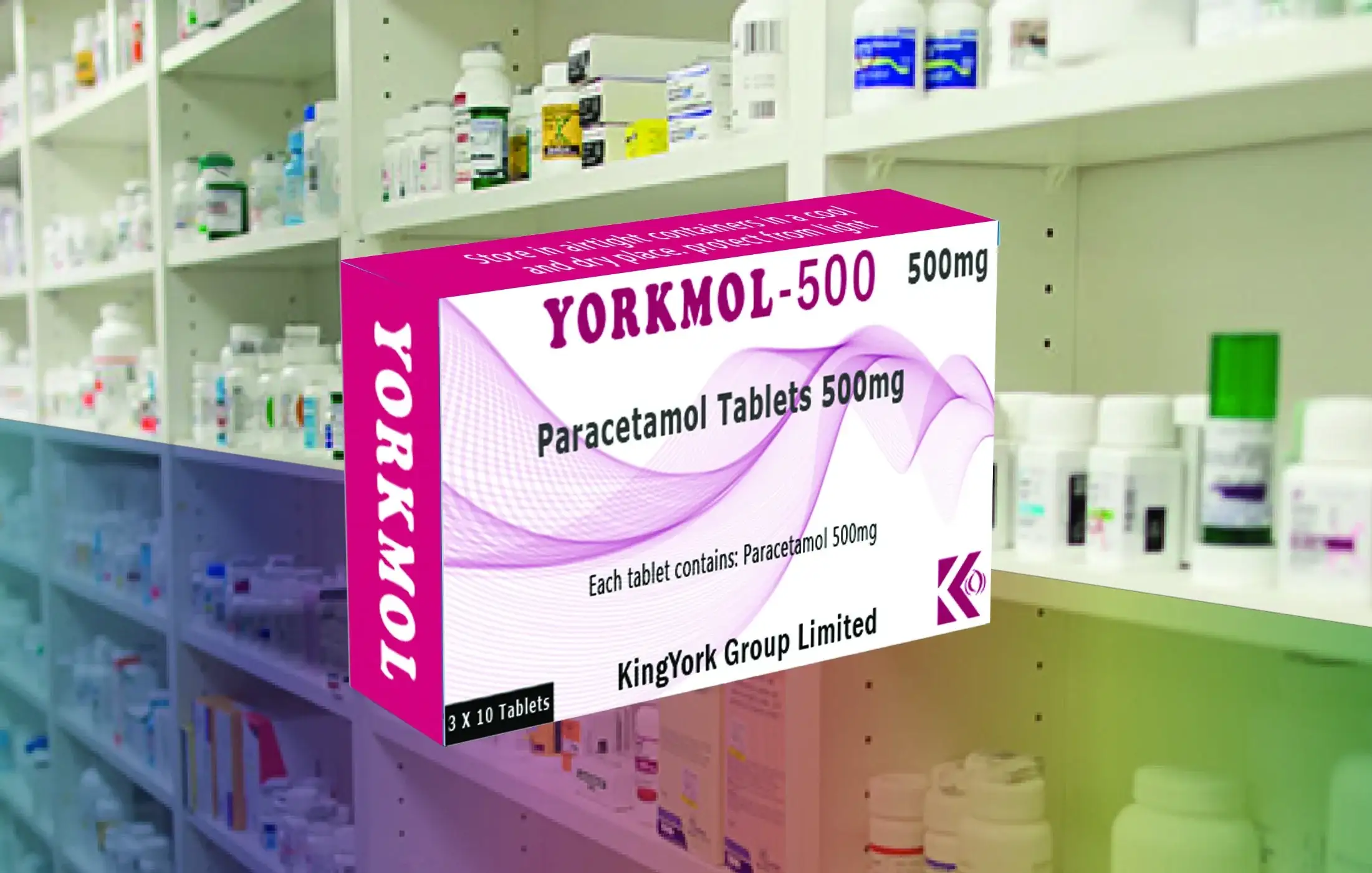
Pharmaceutical tablets
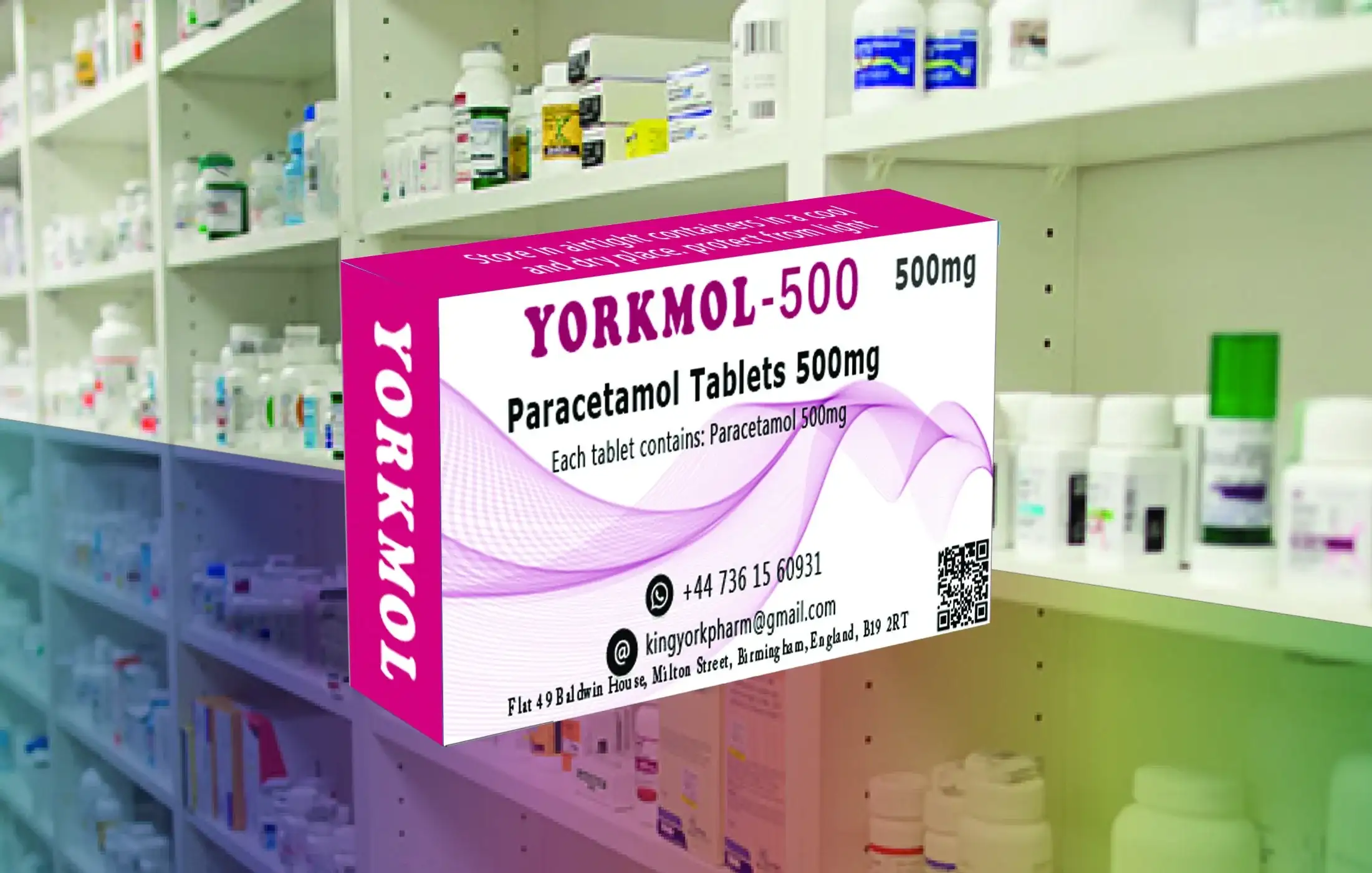
Pharmaceutical tablets
Purpose of Excipients
Excipients are added to:
- Aid in processing and manufacture of the tablet
- Protect, support, and enhance stability of the API
- Control release rate of the API from the dosage form
- Improve palatability or mask unpleasant tastes
By carefully selecting appropriate excipients, the properties and performance of the tablet dosage form can be optimized.

Metronidazole Tab

Metronidazole Tab
Granulation Process
The granulation process is a critical step in pharmaceutical tablet manufacturing. It involves blending the active drug ingredients and excipients into a uniform powder mixture ready for compression into tablets. There are two main types of granulation - wet granulation and dry granulation.
Purpose of Granulation:
Granulation serves several important purposes in tablet production:
- It enhances the flow properties of the powder blend, making it easier to uniformly feed the blend into the tablet press. Powder blends can be cohesive and have poor flow before granulation.
- It improves the compression properties of the blend, allowing tablets to be compressed with good hardness and low friability.
- It prevents segregation of the powders in the blend. Ingredients with different particle sizes and densities can separate out during processing. Granulation ensures a homogeneous distribution.
- It improves disintegration and dissolution. Tablet active ingredients are dispersed in the granulation excipients, increasing exposure to fluids when the tablet disintegrates.
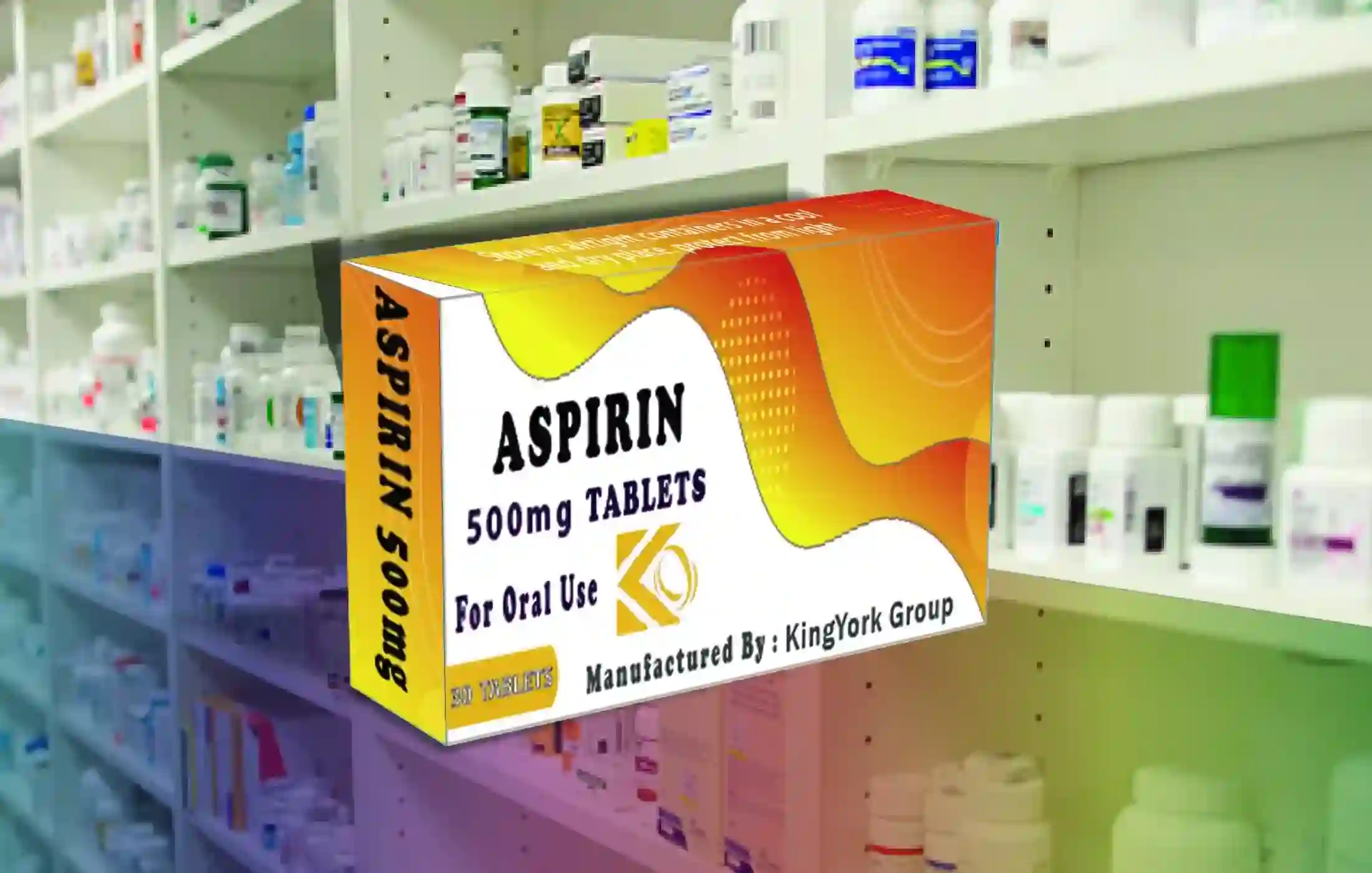
Aspirin Tablets
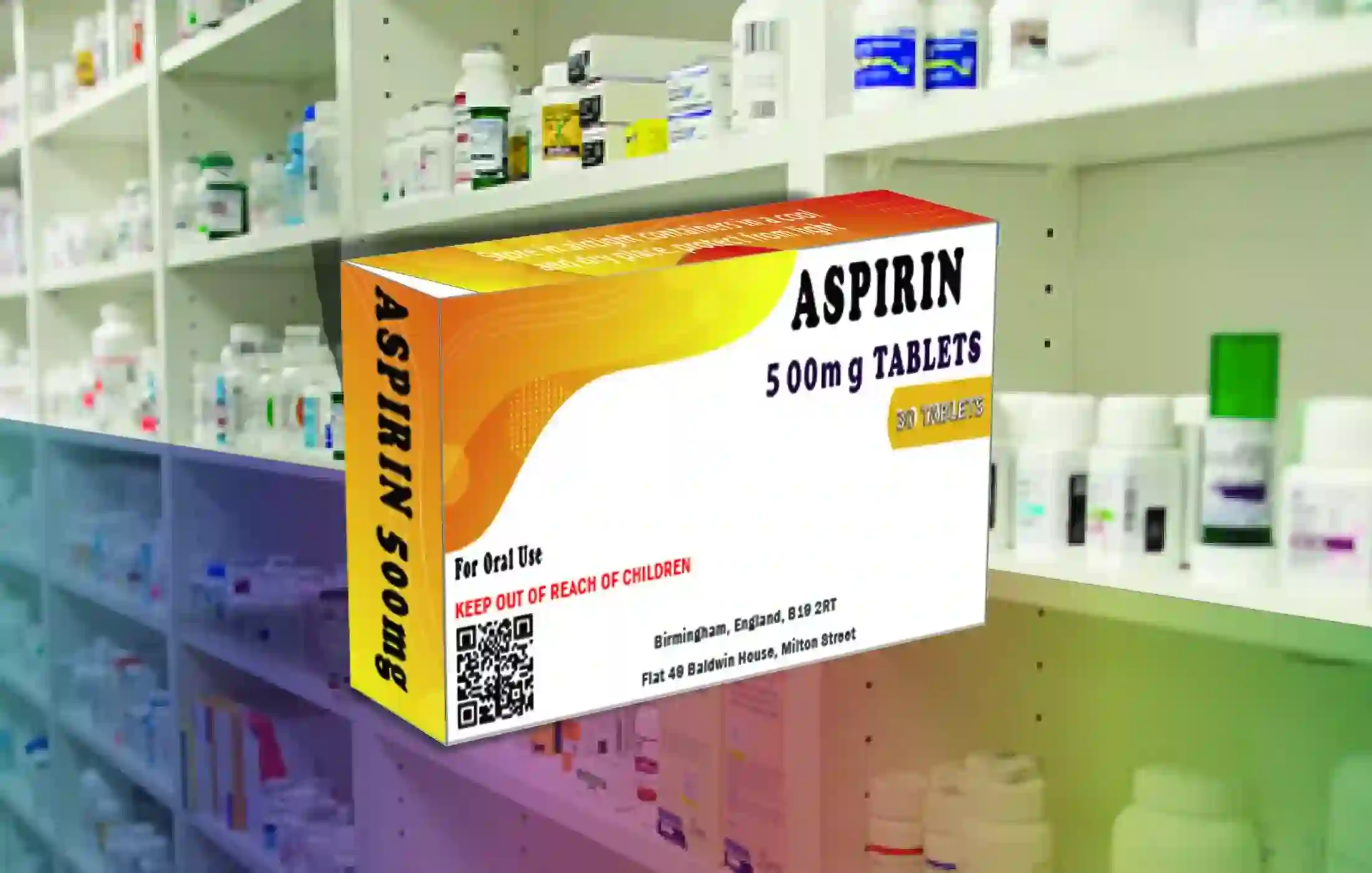
Aspirin Tablets
Wet vs Dry Granulation
**Wet granulation** involves adding a liquid binding solution to the powder blend and mixing until a wet mass is formed. The granules are created by passing the wet mass through a screening machine or granulator. The granules are then dried.
**Dry granulation** involves compacting the powders without a binding solution. Roller compaction is commonly used, forcing the powders between two rollers to produce stiff granules that are milled and sieved to the desired size range.
Wet granulation is more widely used as it produces superior properties in the granules and tablets. However it requires multiple processing steps of wet massing, drying, milling, and sieving. Dry granulation simplifies the process with fewer steps.
Granulation Equipment
Common equipment used for wet granulation includes:
- High shear granulators with impellers for wet massing
- Fluid bed dryers for drying the granulated mass
- Oscillating granulators that combine mixing and granule formation
- Low shear granulators that gently mix powders and binder
Dry granulation mainly uses roller compactors with milling equipment to control granule size.
Granulation is a critical intermediate process that transforms a simple powder blend into a compacted granule ready for tablet compression. Both wet and dry methods are important techniques widely used in pharmaceutical manufacturing. The granulation technique and equipment has a major influence on the quality of the final tablets produced.
Tablet Pressing
Tablet presses are used to compress powder into tablets of uniform size, shape, and weight. The tablet press works by feeding powder into a die, compressing the powder between an upper and a lower punch, and then ejecting the tablet.
The main parts of a tablet press include:
- Hopper - holds the powder blend
- Feed frame - controls powder flow into the dies
- Dies - mold the tablets to the desired shape
- Punches - compress the powder in the die
- Cam track - controls the movement of the punches
- Take-off bar - removes the tablets after ejection
There are different types of tablet presses:
- Single station presses - one die, for small batches
- Multiple station rotary presses - multiple dies in a rotating turret, for large batches
- Eccentric tablet presses - stationary die, rotating upper punch, for medium batches
The tablet press tooling determines the size, shape, and markings on the tablet. The upper and lower punches must be precisely machined to produce consistent tablets. Some common tooling shapes include standard concave, deep concave, flat faced, and custom shapes for brand name tablets. Tablet tooling must be maintained and replaced periodically to ensure high quality tablets.
Proper compression force is critical for tablet pressing. Too little force produces fragile tablets, while too much force makes them chip or cap. Force is adjusted based on the formulation properties and type of press. Tablet presses have advanced instrumentation to monitor the compression event and collect critical quality data.
Tablet Coating
Tablet coating is an important process in pharmaceutical tablet manufacturing. It serves several purposes like masking unpleasant tastes or odors, improving tablet appearance, protecting tablet ingredients from moisture or oxygen, providing easier swallowing, controlling release of active ingredients, and improving tablet stability. There are two main types of tablet coatings - sugar coating and film coating.
Sugar Coating
Sugar coating is the traditional tablet coating technique that has been used for over a hundred years. It involves building up layers of sucrose syrups on a tablet core. The syrups may also contain acacia, gelatin, povidone, talc, titanium dioxide, and other ingredients. Multiple layers are applied to gradually build up the coating thickness. Each layer needs time to dry before the next layer is applied. This makes sugar coating time-consuming as it can take days or weeks to complete. The resulting sugar-coated tablet has a smooth, glossy finish.
Film Coating
Film coating is the more modern coating technique and has largely replaced sugar coating. It uses polymer solutions to form a thin uniform coating layer on the tablet. The polymer solutions contain water-soluble polymers like hydroxypropyl methylcellulose (HPMC), polyvinyl alcohol (PVA), or methyl hydroxyethylcellulose. Other ingredients like plasticizers, colorants, opacifying agents, and glidants may be added. The coating solution is sprayed onto the tablets in a perforated coating pan or fluidized bed coater. The water quickly evaporates leaving the polymer film behind. Film coating is much faster than sugar coating, taking just 1-2 hours to complete. Film-coated tablets have a cleaner, uniform appearance.
Coating Equipment
The most common equipment used for tablet coating are conventional coating pans and fluidized bed coaters. Coating pans are rotating drums where tablets roll in a cascading motion through the spraying coating solution. Baffles are present to improve mixing and coating uniformity. In fluidized bed coaters, tablets are suspended and moved vigorously in an upward stream of heated air. The coating solution is sprayed as a fine mist into the chamber. Fluidized beds provide faster and more efficient coating than traditional coating pans.
Tablet Defects
Tablet manufacturing is a complex process that requires careful control and monitoring to produce quality tablets. Even with stringent controls, defects can occur that must be identified and corrected. Some of the most common tablet defects include:
Capping
Capping occurs when the top or bottom of a tablet breaks off from the main body. It can happen when the tablet's structural integrity is weak, often due to inadequate compression pressure or bonding of the granules during tableting. Capping can also occur after manufacturing if tablets are damaged during coating, packaging, or shipping. Capped tablets may have dose variation issues.
Lamination
Lamination is when tablets split apart in layers, similar to the pages of a book peeling apart. It is usually caused by poor cohesion of tablet granules, insufficient moisture in the granules, or high humidity during tablet drying. Laminated tablets are aesthetically unappealing and may have an uneven distribution of active ingredients between layers.
Chipping
Chipping refers to small pieces breaking off the edge of tablets. It typically occurs due to damage from poor tablet handling or defective tooling on the tablet press. Extensive chipping can affect the tablet's appearance, weight, and drug content uniformity.
Sticking
Sticking happens when tablets adhere to tablet press tooling or other tablets. High humidity, insufficient lubricants, and problems with press tooling can all cause sticking. Sticking can slow production if tablets jam tablet press equipment. Stuck tablets also suffer cosmetic and weight uniformity issues.
Proper control of raw materials, process parameters, tooling, and storage conditions is important to minimize tablet defects. Manufacturers also conduct visual inspection and tablet testing to identify any defects occurring so corrective actions can be implemented. Addressing defects improves product quality, aesthetics, and patient safety.
Tablet Testing
Tablets must be thoroughly tested during the manufacturing process to ensure they meet the necessary quality standards before being released for distribution and sale. Some of the key tablet tests include:
Weight Variation
This test ensures consistency in the weight of tablets within a batch. A sample of tablets is taken and individually weighed to determine if any tablets deviate significantly from the average weight. Generally a 5% deviation is allowed, but the acceptable range can vary depending on the dosage form and country regulations. Weight variation outside the limit can impact the potency of the active ingredients.
Hardness
Tablet hardness measures the force required to break a tablet by applying radial or axial pressure. This helps determine the tablets' ability to withstand mechanical shocks during packaging and shipment without breaking. Hardness testers work by applying pressure to the tablet until it breaks or crumbles. An optimal hardness value maintains tablet integrity while ensuring proper disintegration for drug release.
Friability
Friability testing evaluates the tablets' ability to withstand abrasion and surface wear during handling, packaging, and shipping. Friabilators work by rotating or tumbling a sample of tablets for a specified time, then measuring any mass loss. Generally, tablets passing a friability test should not lose more than 1% of their initial mass. A high friability can lead to broken tablets or loss of active ingredients.
Dissolution Testing
Dissolution testing measures the rate and extent that the active drug ingredients dissolve from the tablet into a solution. This helps ensure the drug will properly dissolve in the patient's gastrointestinal fluids to allow absorption and therapeutic effect. Dissolution testers use specialized apparatus to simulate digestion conditions and sample the solution over time to determine the dissolution profile. Strict dissolution specifications must be met for final product release.
Tablet Packaging
Tablets come in a variety of packaging designed to protect the medication and provide information to the consumer. The three main types of tablet packaging are:
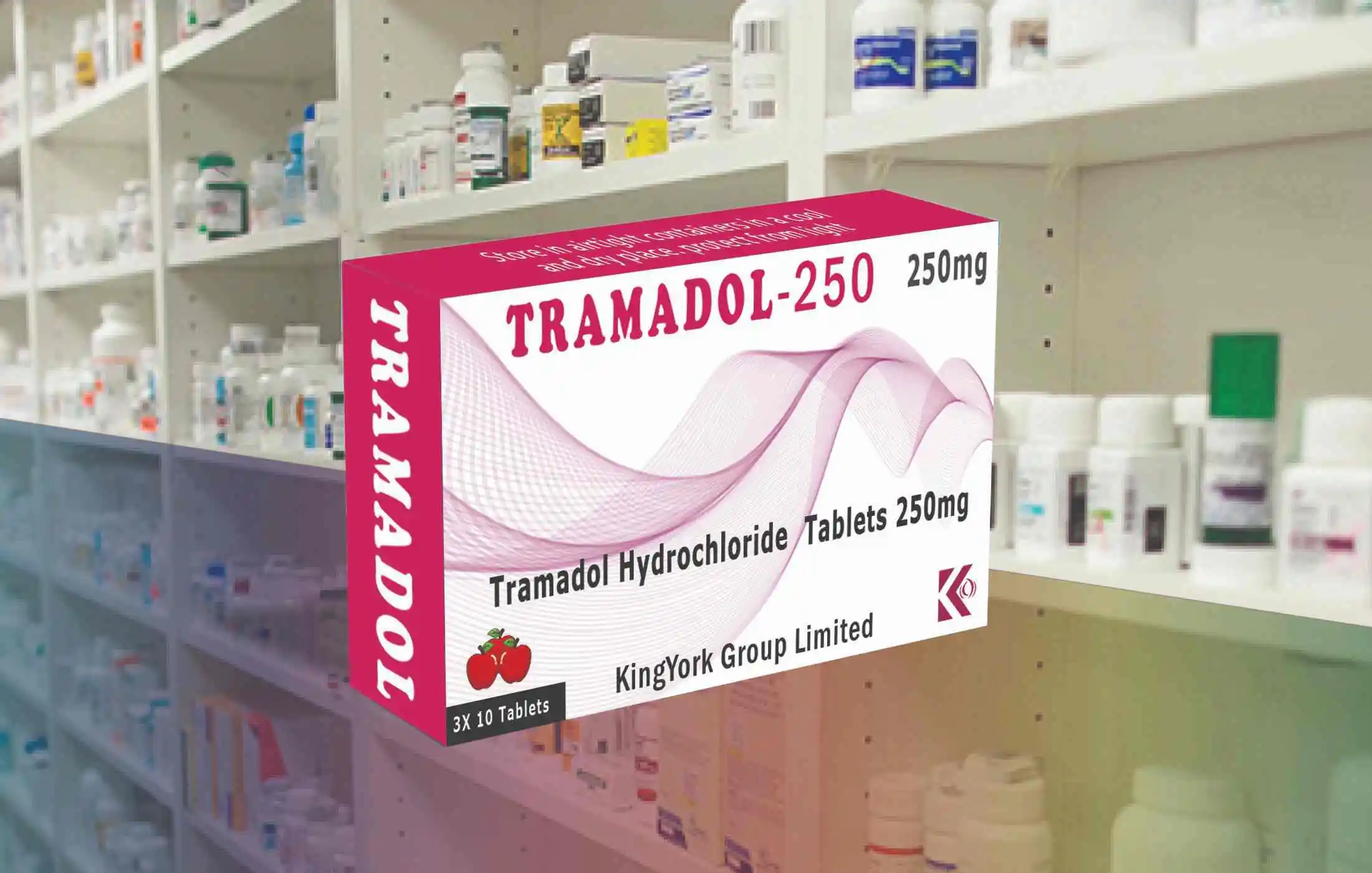
Tramadol 250mg Tablets
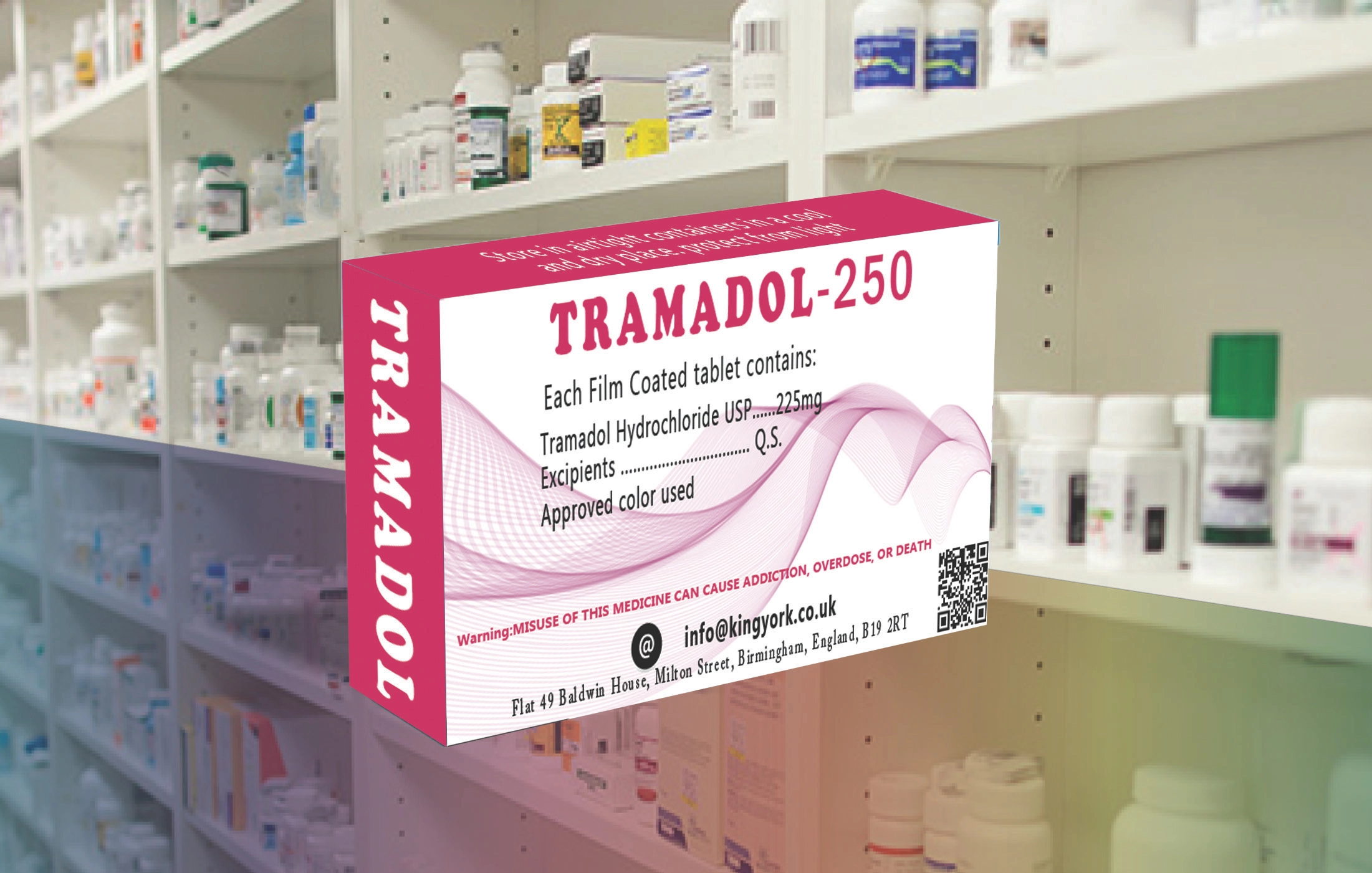
Tramadol 250mg Tablets
Blister Packs:
Blister packs, also known as blister cards, are the most common type of tablet packaging. Blister packs consist of pre-formed plastic cavities or blisters that hold each individual tablet. A foil or plastic backing is then sealed over the blisters to protect the tablets inside.
The advantages of blister packs are:
- Protects tablets from UV rays, moisture, oxygen, etc.
- Allows consumers to clearly see the tablets
- Helps consumers track if they've taken a dose
- Difficult for children to open
Blister packs can contain anywhere from one tablet up to a monthly supply. The packs are customizable with brand colors, logos, usage instructions and more. The specialized machinery required to create blister packs makes them more expensive than bottle packaging.
Bottle Packaging
Tablet bottles are another common packaging option, typically used for larger quantities. Plastic polyethylene bottles with child-resistant caps are standard. The bottles protect tablets from light and moisture.
Advantages of bottles include:
- Allow more space for branding and usage instructions
- Cost effective for large quantities
- Recyclable materials
The main drawback is that bottles don't offer individual protection for tablets. Customers also can't see the medication through opaque bottles.
Specialized Packaging
Some medications require specialized packaging to suit specific delivery methods. For example:
- Effervescent tablets often come in tubes to keep moisture out.
- Sublingual tablets may come in unit-dose packets.
- Time-release medications have packaging to indicate when each dose should be taken.
The packaging format depends on the type of tablet and intended use. Regulatory requirements also impact packaging choices in terms of labeling, safety, etc.
Tablet Storage and Expiry
Proper storage and setting appropriate expiry dates are critical to maintaining the safety, efficacy and quality of pharmaceutical tablets. Tablets should be stored according to the manufacturer's recommended conditions, which are determined through stability testing during development.
Most tablets are best stored at controlled room temperature between 15-30°C, protected from light and moisture. Tablets should not be exposed to extreme heat or freezing temperatures for extended periods. The storage container should protect tablets from humidity.
Manufacturers conduct stability studies to determine the shelf life and expiry date of a tablet formulation. This testing examines how factors like temperature, humidity, and light exposure affect the drug over time. Expiry dating ensures that the product maintains its identity, strength, quality and purity through the end of its shelf life.
Once a tablet expires after the labelled expiry date, it should not be used. The active drug may have degraded or the tablet may have undergone physical changes affecting how it dissolves and is absorbed. Expired tablets can be less effective or even unsafe. Proper expiry dating, storage and disposal of expired stock helps prevent use of degraded tablets.
Setting appropriate expiry periods, clearly labelling tablets, and following storage guidelines maintains quality and prevents use of expired tablets. Proper storage and expiry dating are critical parts of the pharmaceutical supply chain.
Future of Tablet Manufacturing
The pharmaceutical tablet manufacturing industry is continuously evolving to improve efficiency, quality, and sustainability. Some key trends shaping the future of tablet manufacturing include:
3D Printing of Tablets
- 3D printing technology allows for greater flexibility and customization in tablet design, shape, and dose. It enables on-demand production of tablets in small batches.
- 3D printers can add multiple drugs and fine tune their release profiles within a single tablet. This allows personalized medicine tailored to each patient's needs.
- The technology is still in early stages but holds promise for decentralized manufacturing closer to the end-user. 3D printing can also facilitate easier distribution in remote areas.
Continuous Manufacturing
- Traditional batch manufacturing is being transitioned to continuous end-to-end manufacturing without interruption. This improves efficiency, reduces costs and waste.
- Continuous processes integrate multiple steps from powder mixing to tablet compression to coating within a single uninterrupted flow. This results in higher and more consistent product quality.
- Continuous verification using Process Analytical Technology (PAT) enables real-time monitoring and adjustment during manufacturing. This reduces batch failures.
Mini Tablets
- Mini tablets with a diameter of 1-3mm are gaining popularity especially for pediatrics. Their small size provides dose flexibility and improved patient compliance.
- Specialized precision equipment is required for weighing and compressing mini tablets. Their production can be automated and scaled up efficiently.
- Mini tablets allow combination doses by filling capsules with mixture of mini tablets with different drugs. This supports personalized polypharmacy.
The future holds exciting innovations for pharmaceutical tablet manufacturing. As technology advances, we can expect greater flexibility, efficiency and personalization of treatments.
Registration:
We will prepare registration documents and certificates as necessary.
Product List - TABLETS
| Product Name |
Strength |
| Azithromycine 500mg Tab(3 tabs) |
3 tablets X 1 blister |
| Metronidazole 500mg Tab(14 tabs) |
7 tablets X 2 blisters |
| Ciprofloxacine 500mg TAB(10 tabs) |
10 tablets X 1 blister |
| Amoxicillin 250mg + Clavulanic Acid 125mg(14 tabs) |
7 tablets x 2 blister |
| Amoxicillin 500mg + Clavulanic Acid 125mg(14 tabs) |
7 tablets x 2 blister |
| Amoxicillin 875mg + Clavulanic Acid 125mg(14 tabs) |
7 tablets x 2 blister |
| Nitrofurantoin 100mg Tablets |
10 tablets X 1 blister |
| Aspirin Enteric-coated 500mg |
10 tablets X 1 blister |
| Paracetamol 500mg |
10 tablets X 1 blister |
| Ibuprofen 400mg |
10 tablets X 1 blister |
| Diclofenac Na 400mg |
10 tablets X 1 blister |
| Diclofenac 50mg + Paracetamol 500mg |
10 tablets X 1 blister |
| Folic acid 5mg Tab |
10 tablets X 1 blister |
| Ciprofloxacin Tablets |
10 tablets X 1 blister |
| Doxycycline 100mg Tab |
10 tablets X 1 blister |
| Meloxicam 15mg Tab |
10 tablets X 2 blisters |
| Fluconazole 150mg Tab |
10 tablets X 2 blisters |
| Simvastatin 40mg Tab |
10 tablets X 2 blisters |
| Prednisolone 5mg Tab |
10 tablets X 2 blisters |
| Spiramycin 750,000 unit Tab |
10 tablets X 2 blisters |
| Spiramycin 1,500,000 unit Tab |
10 tablets X 2 blisters |


